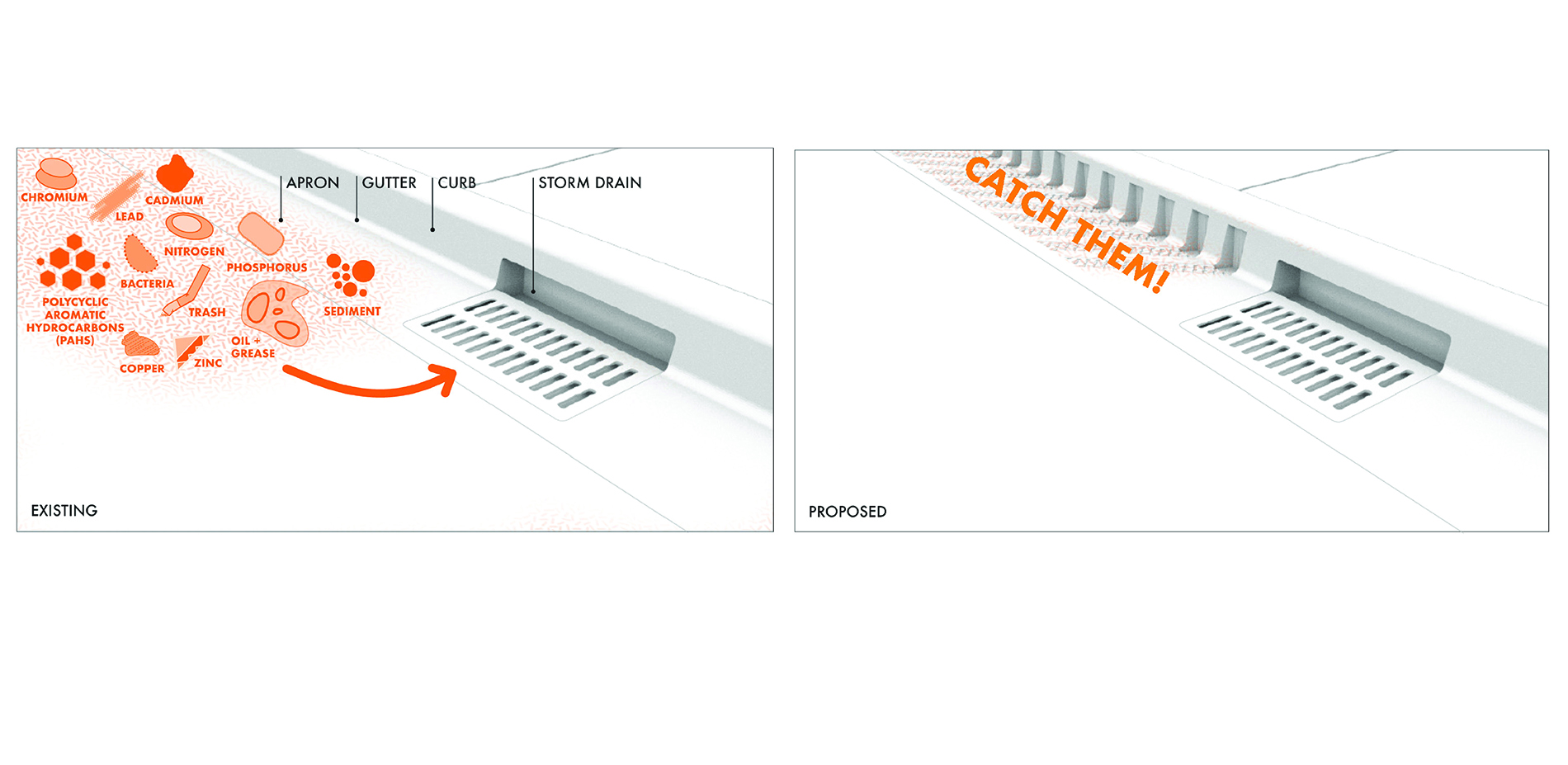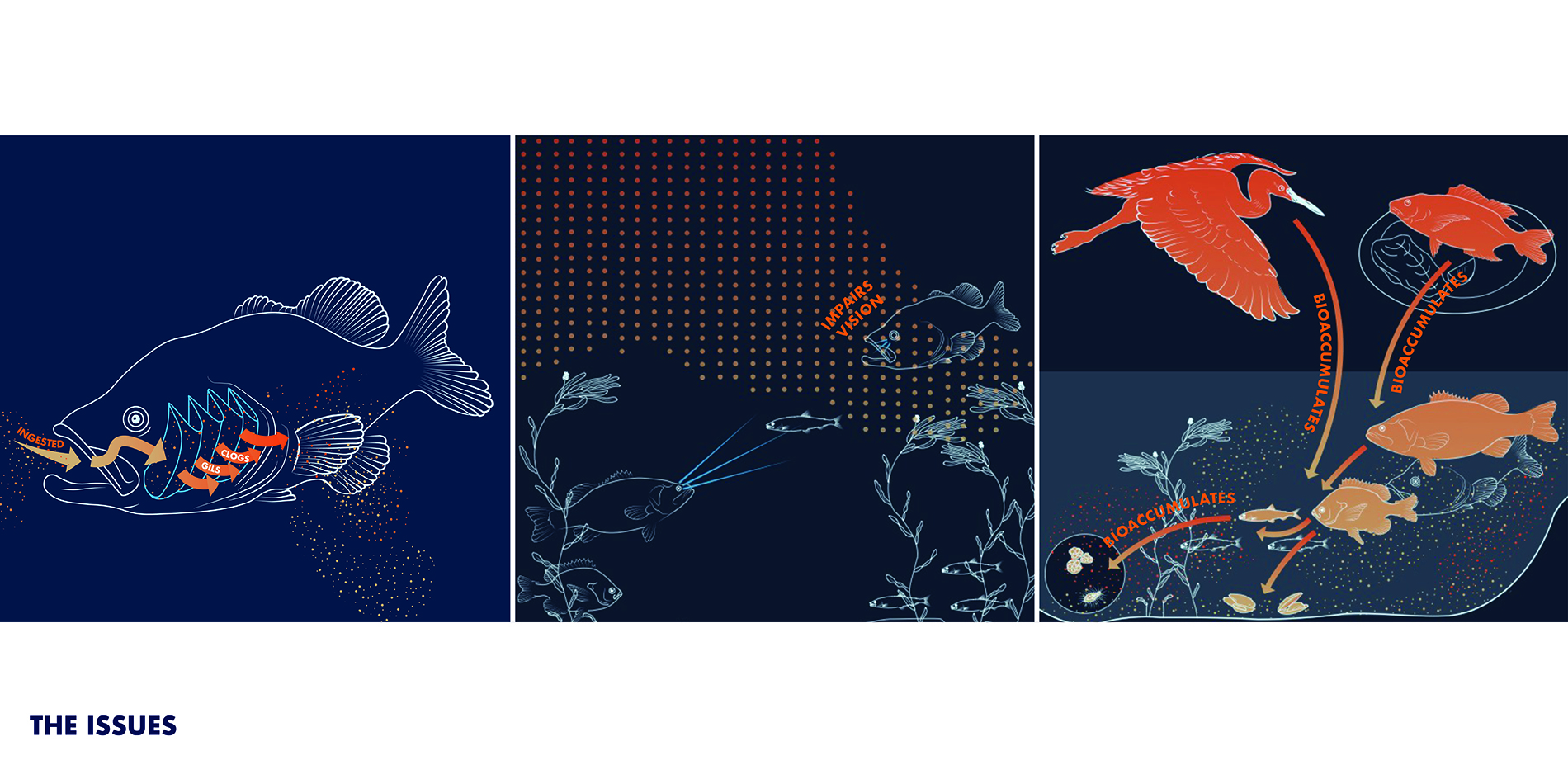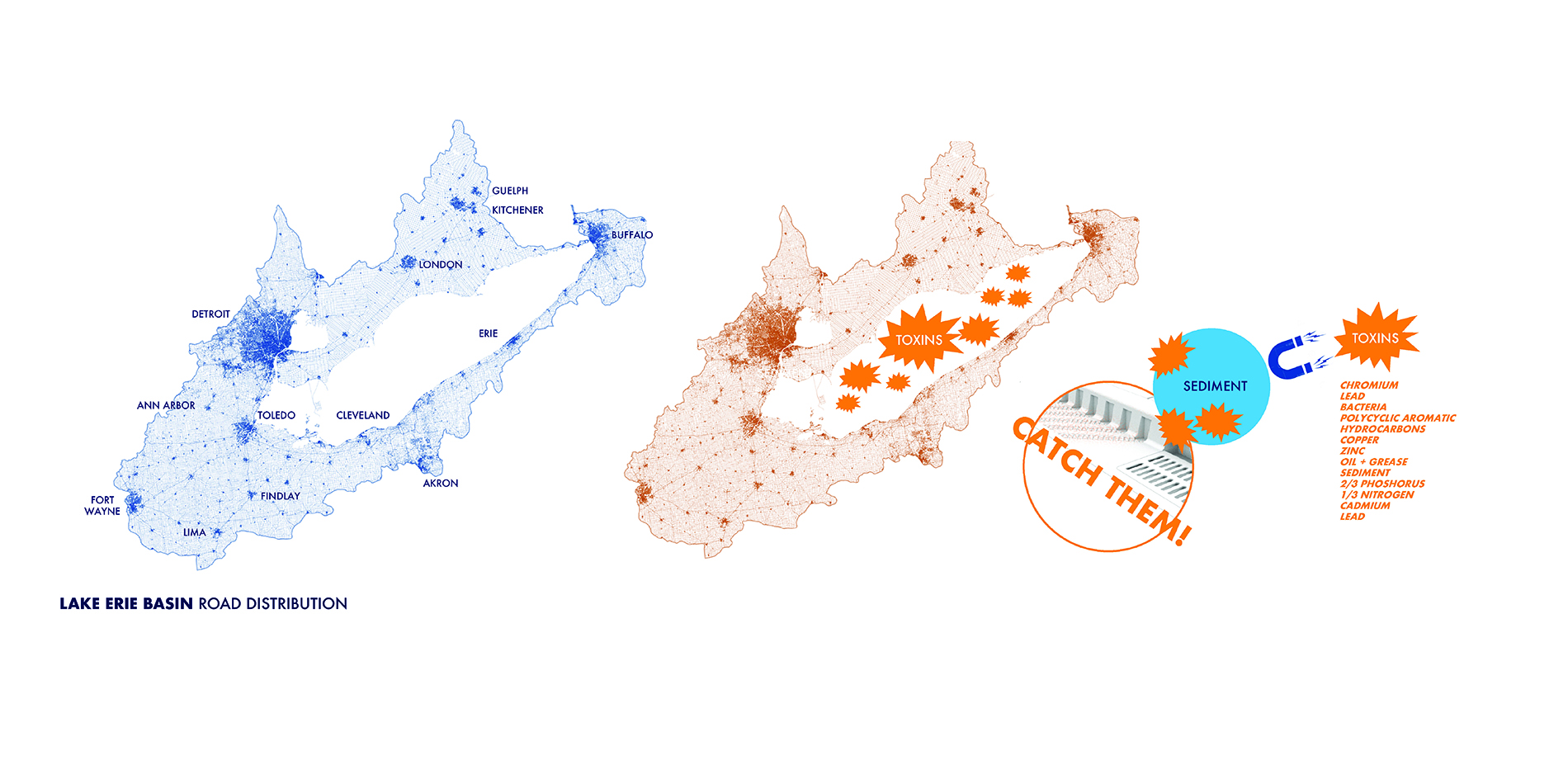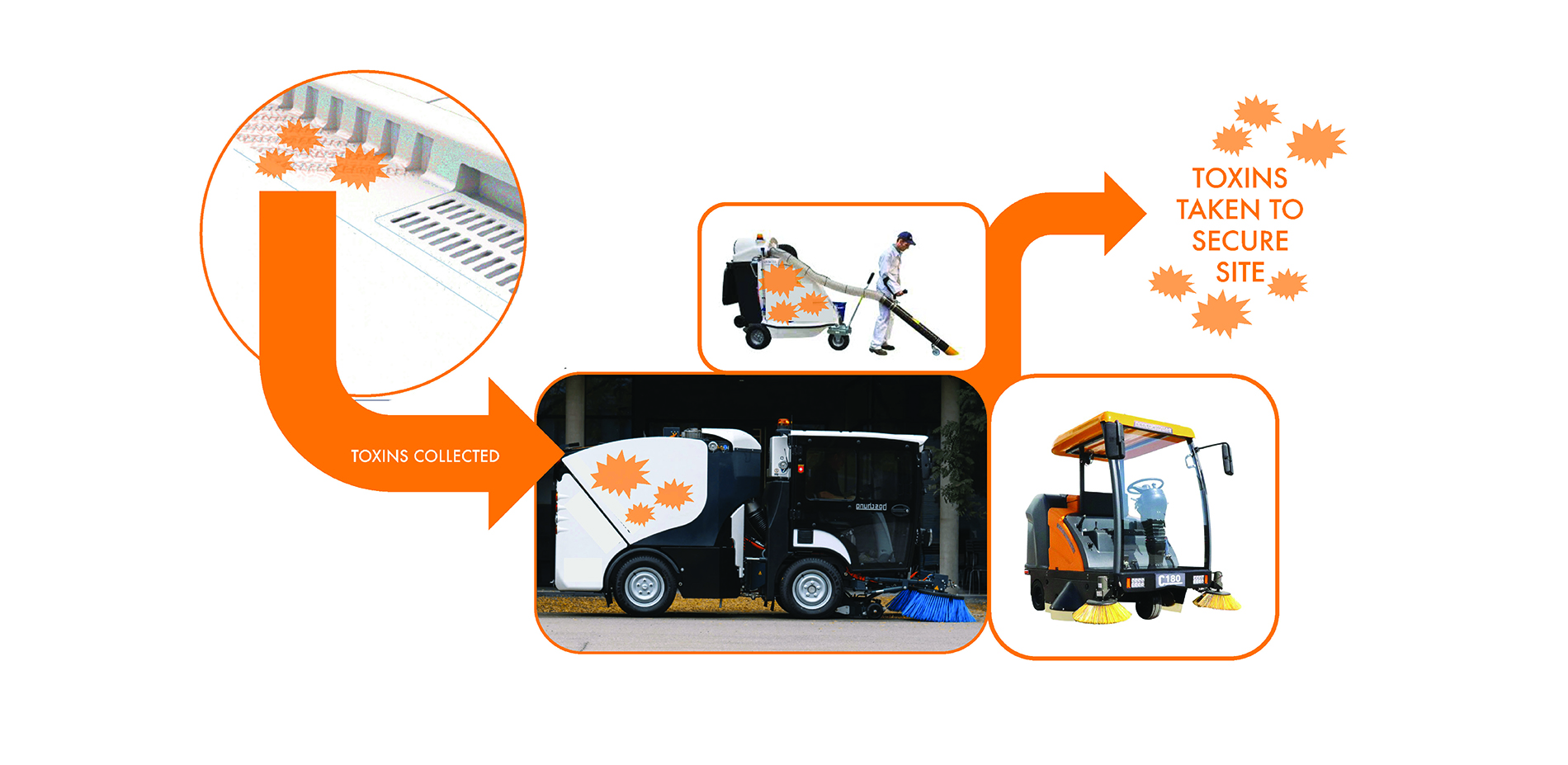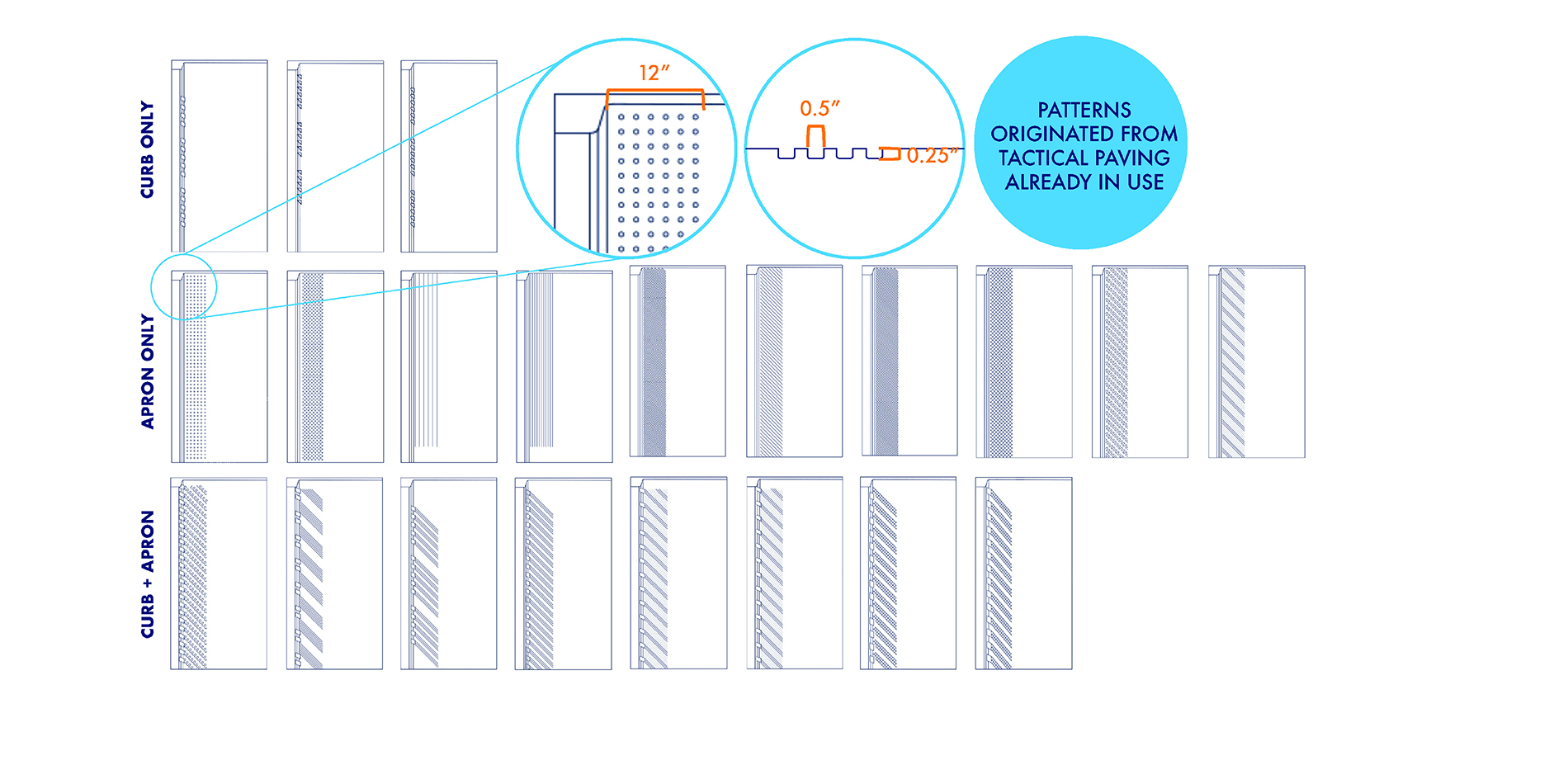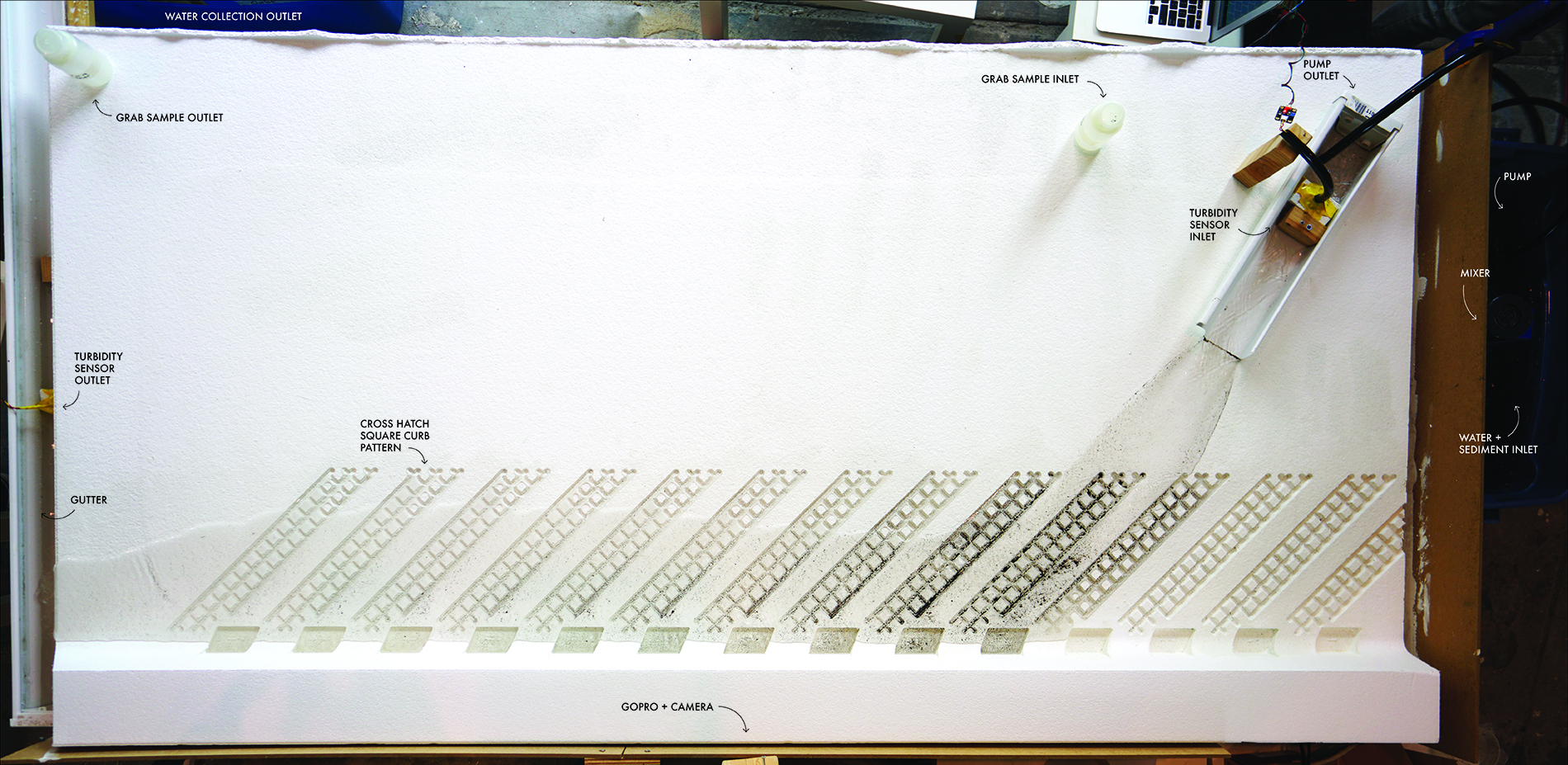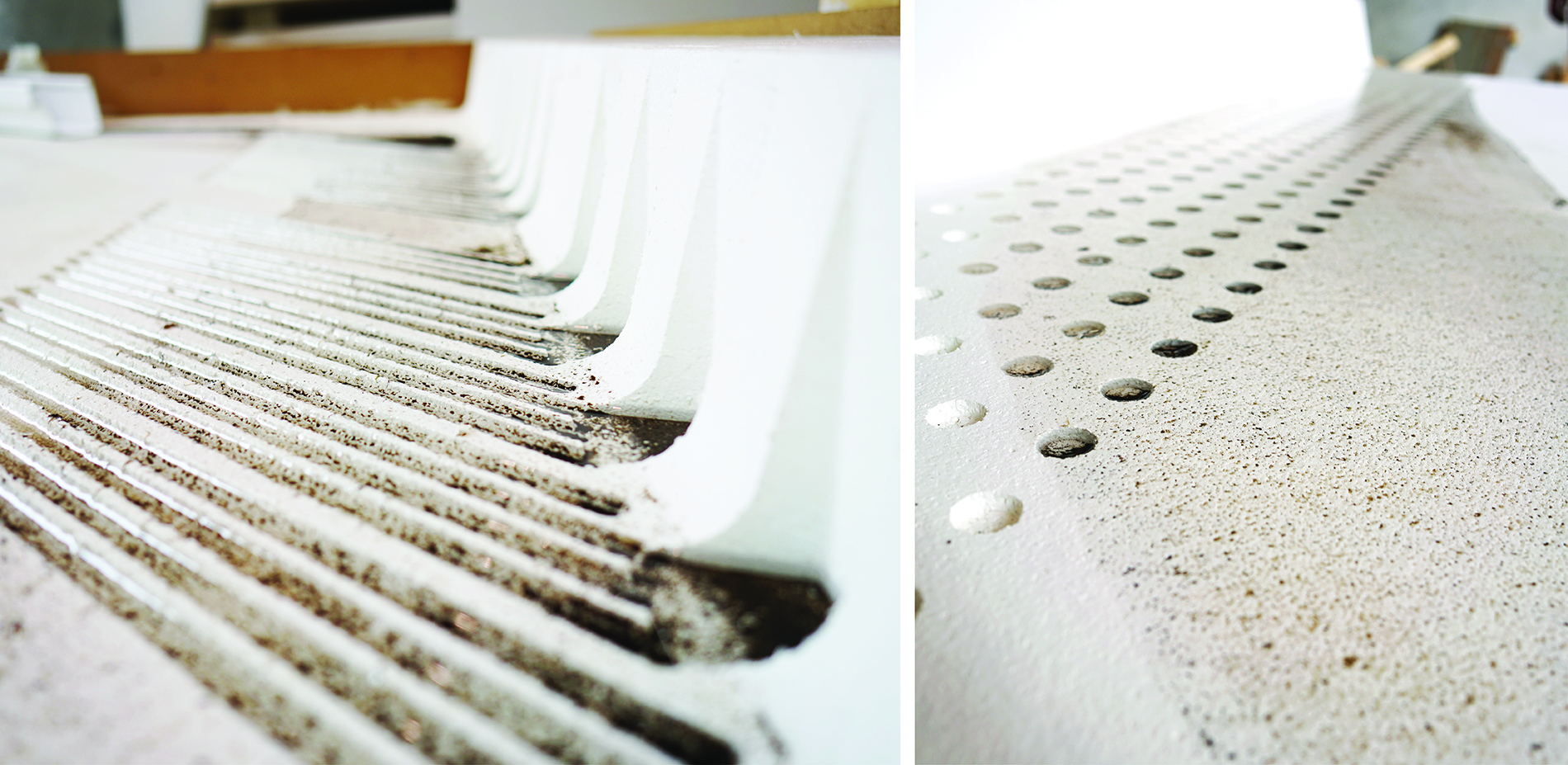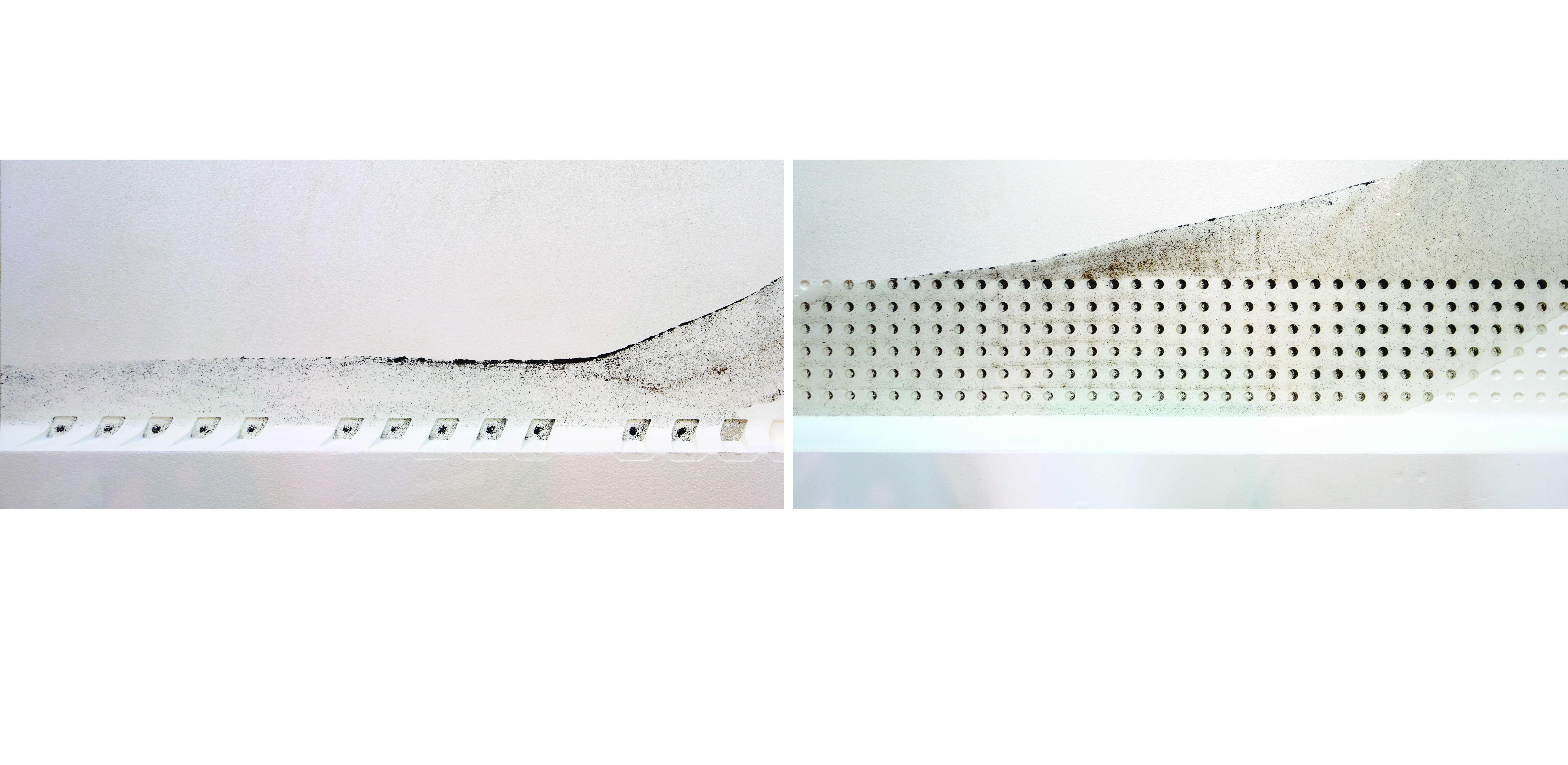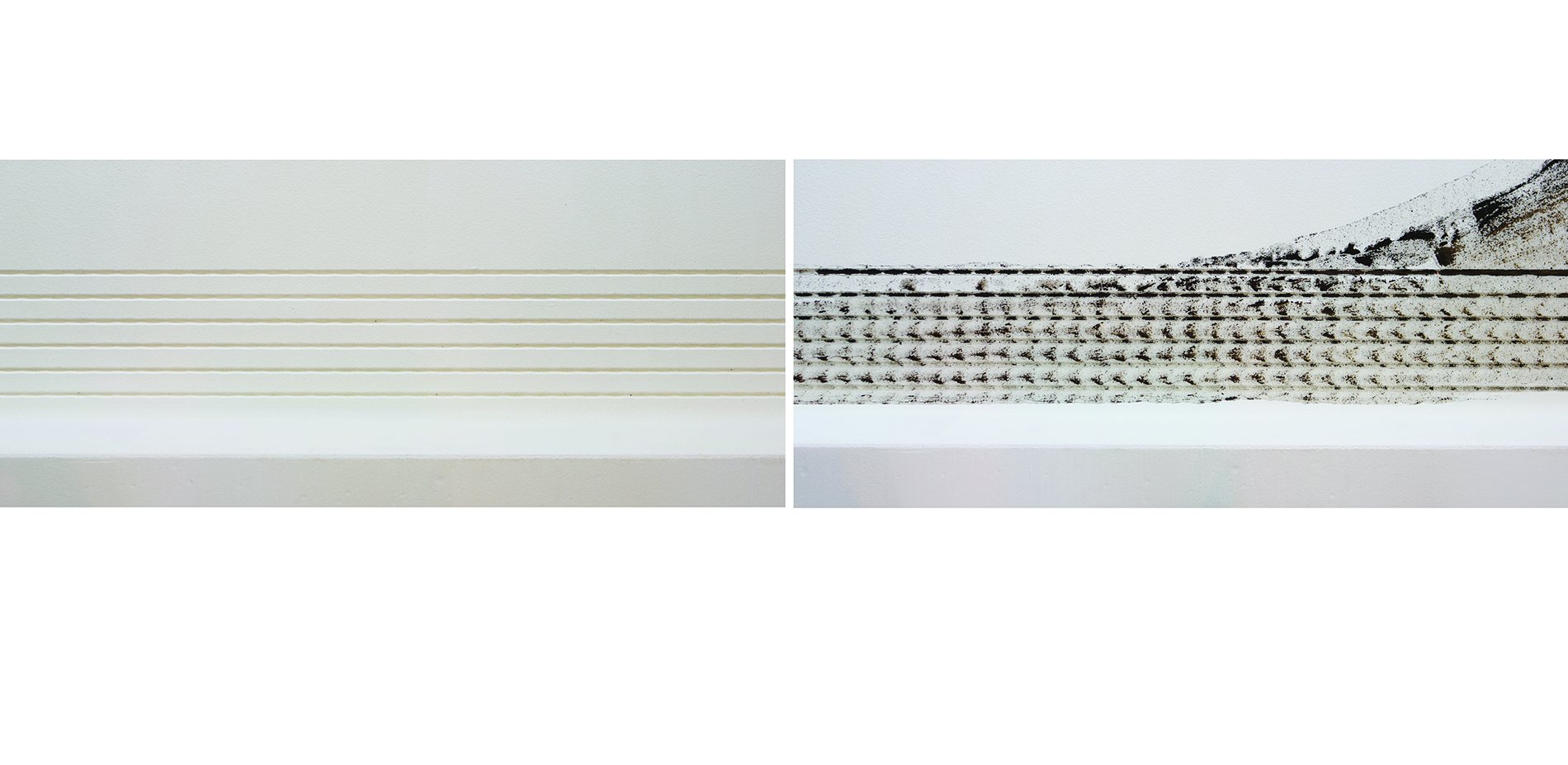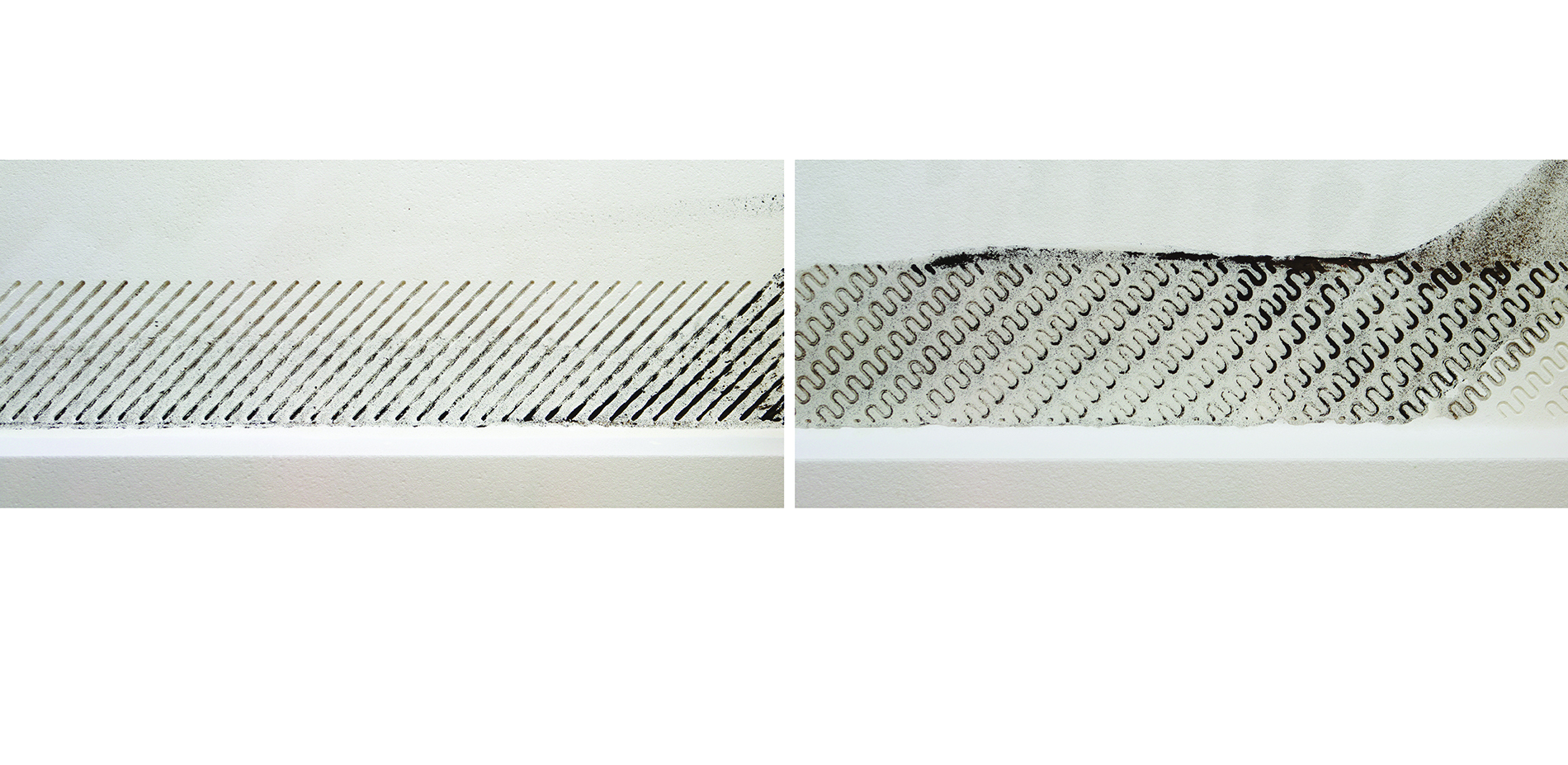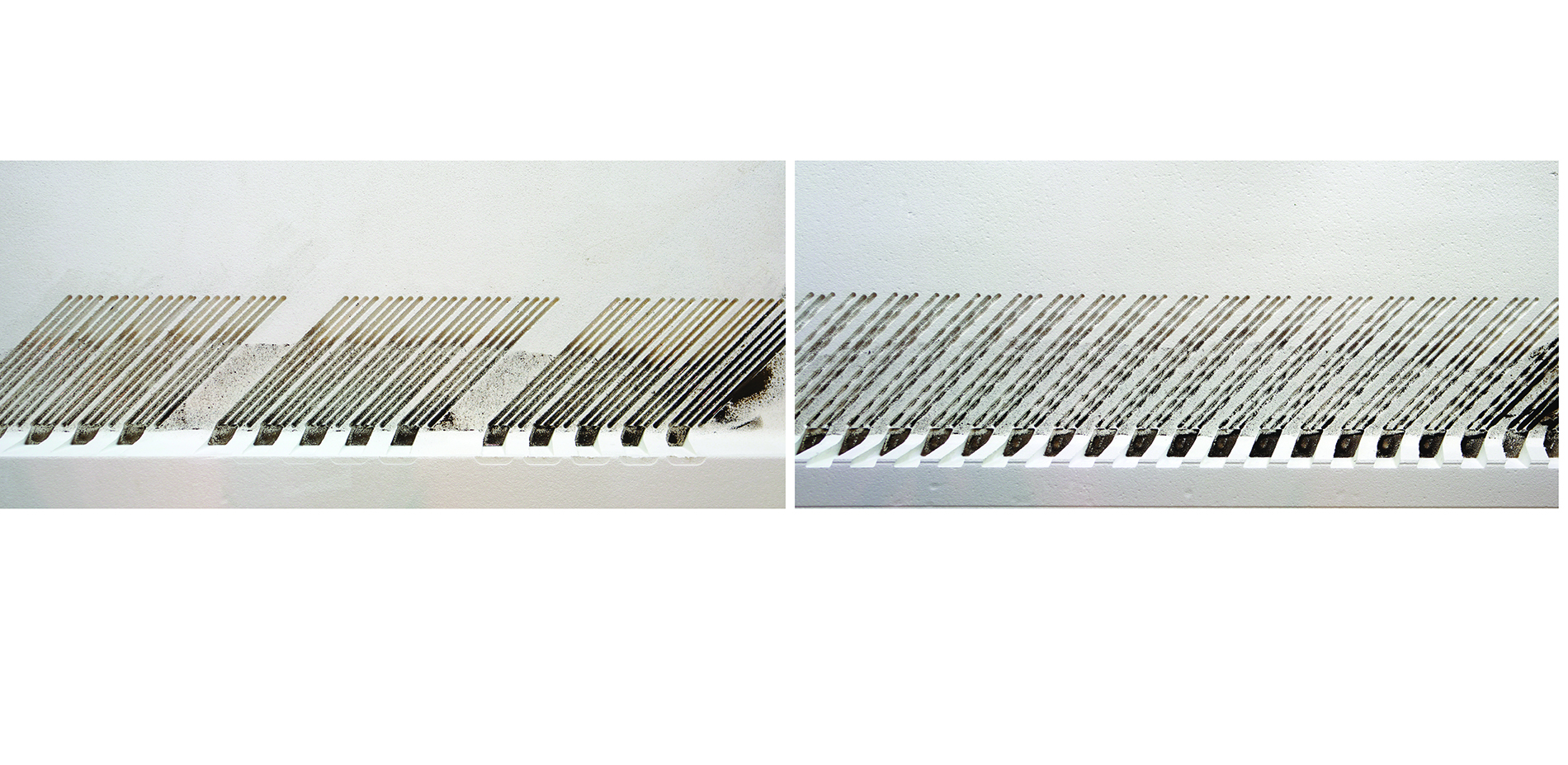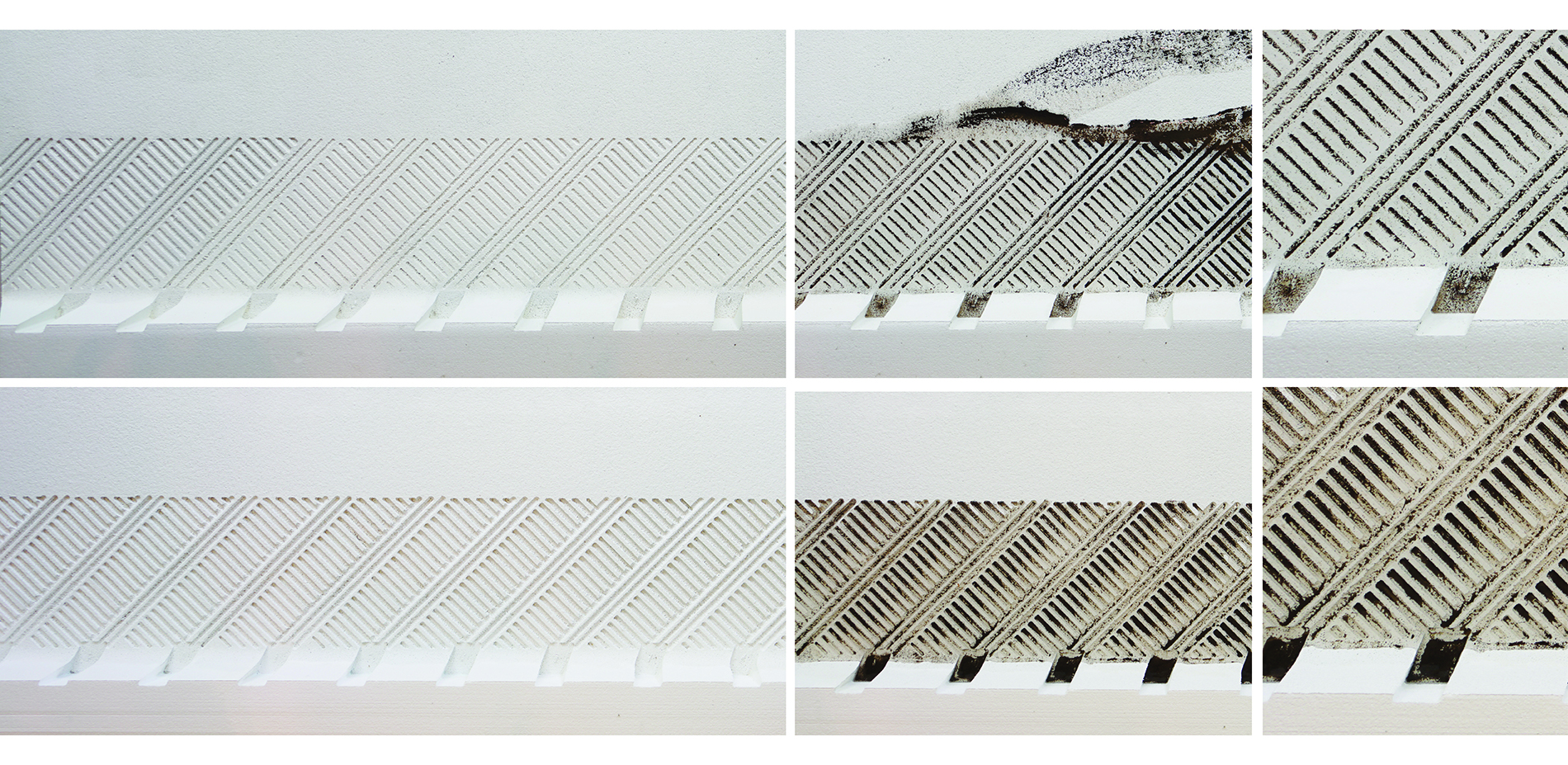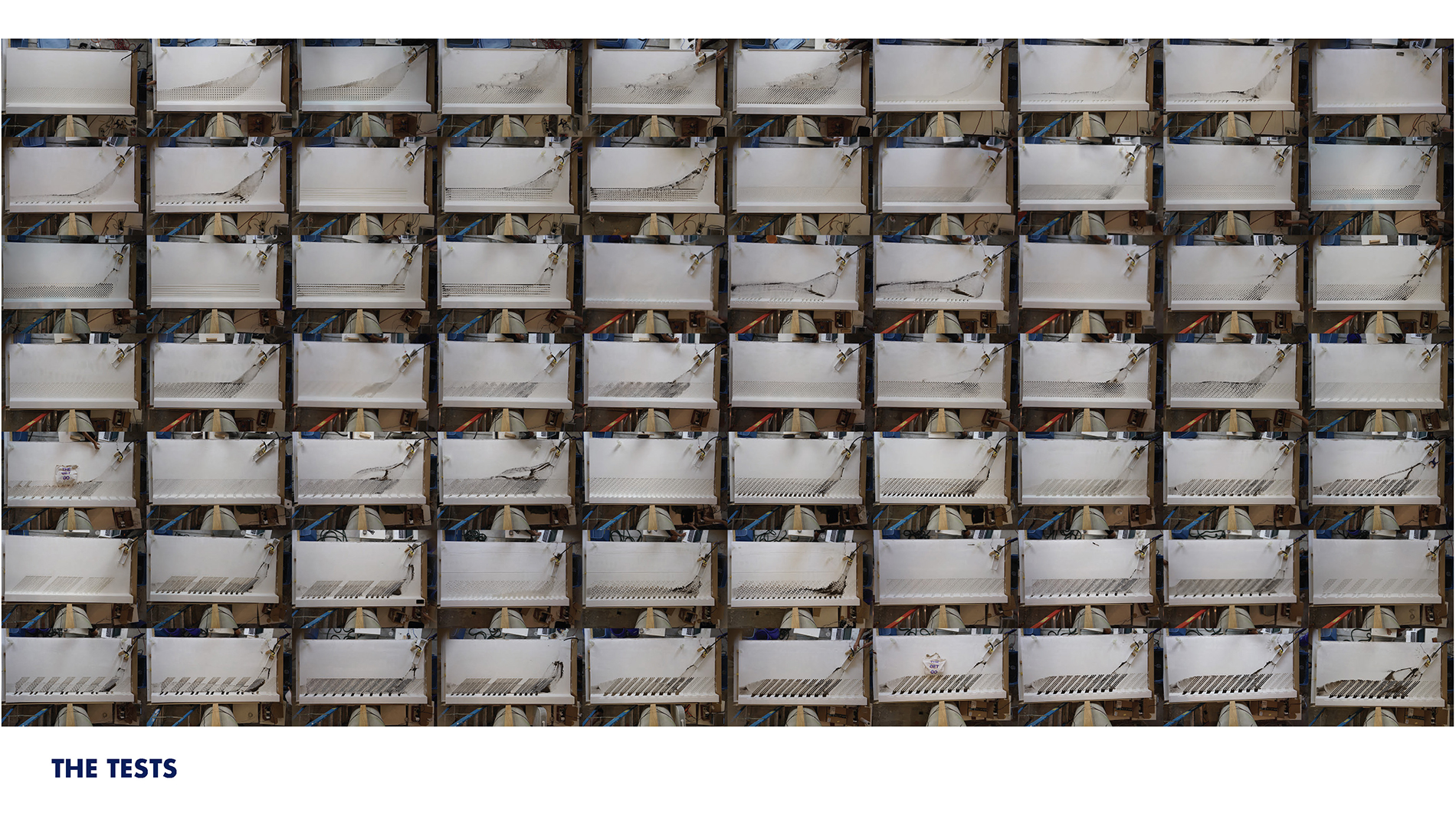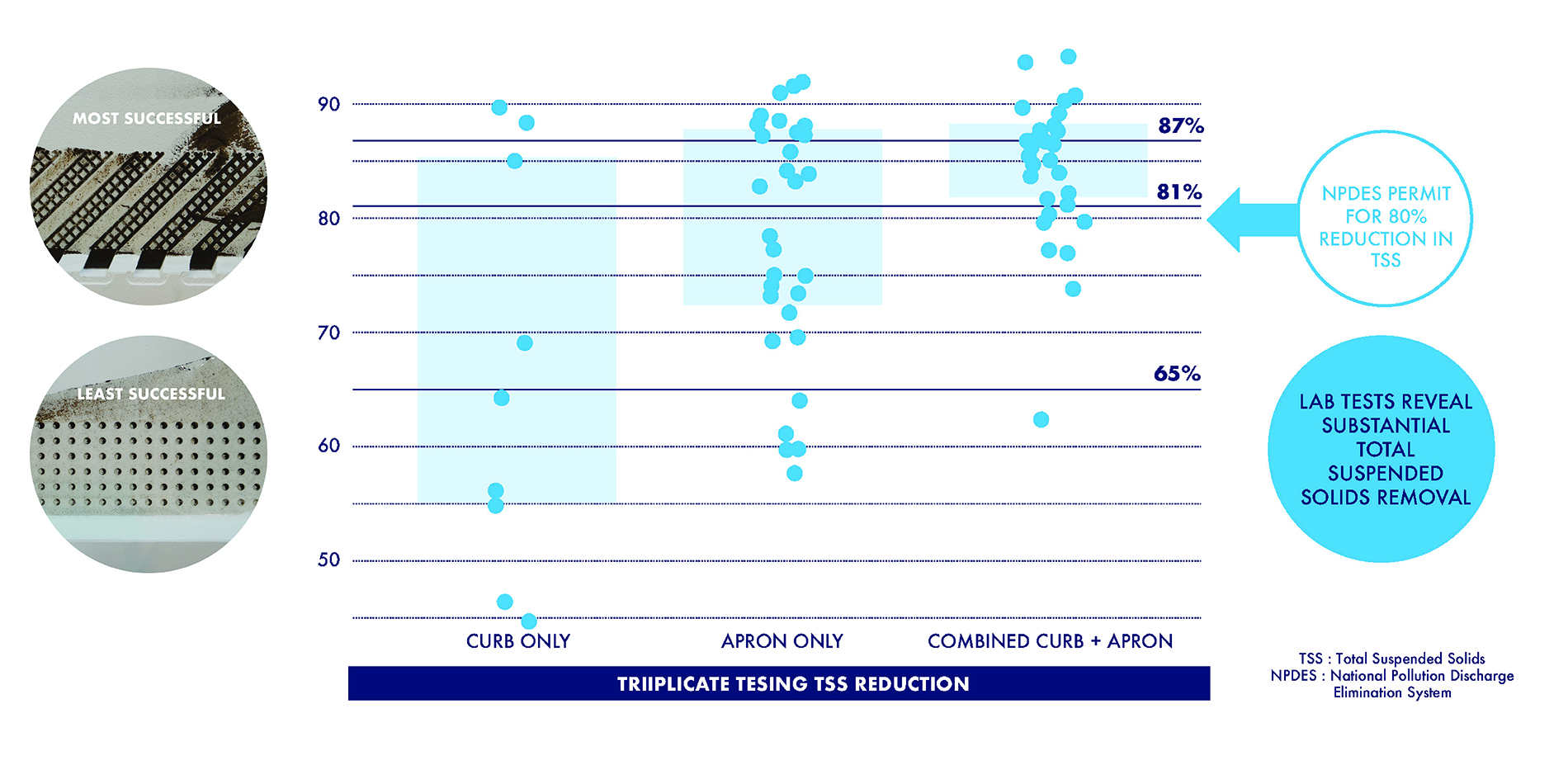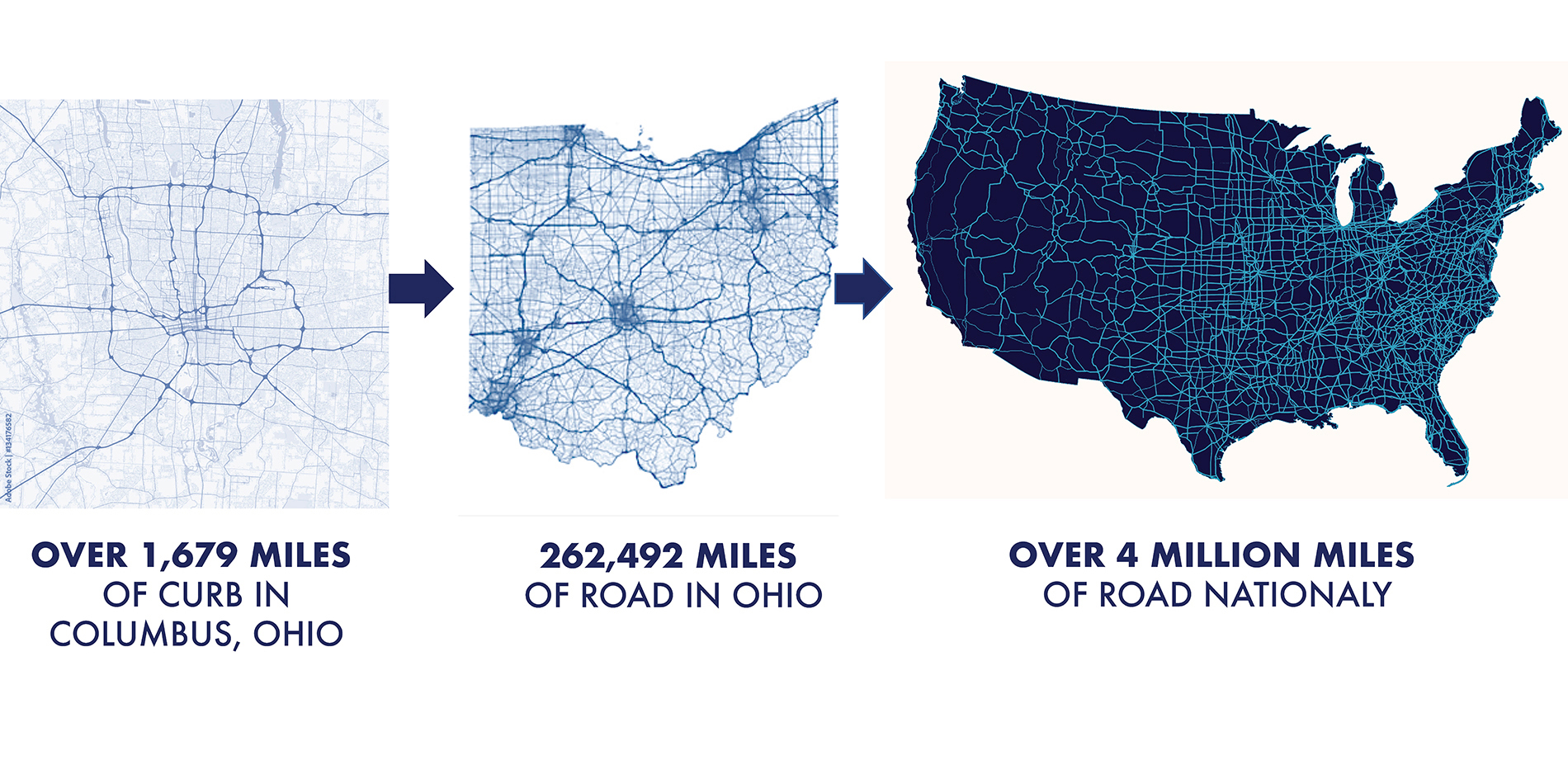Curbing Sediment: A Proof of Concept
Honor Award
Research
Columbus, Ohio, United States
Halina Steiner
Ryan Winston
Twenty-one redesigns were tested in triplicate and proved that redesigning curb, gutter, and apron standards can be a viable option to collecting pollutants on roadways, especially when done in concert with green infrastructure. The jury noted that “there are many places where landscape design offers new ways to address overlooked bits of infrastructure. This is a significant contribution to materials-based research methods and could have a notable impact on cities and water quality.”
- 2022 Awards Jury
Project Credits
Avee Oabel, Student Researcher
Alec Grimm, Student Researcher
Project Statement
The design of a curb is straightforward. Often formed of concrete, it delineates pedestrian and vehicular space via a 6” grade change from gutter to sidewalk. The curb itself provides a conveyance of stormwater, facilitating the movement of water - and pollutants - from the street into our waterways.
Pollutants such as sediment, nutrients from lawn fertilizers, bacteria, pesticides, metals, and petroleum by-products are all present in stormwater. Pollutants accumulate on the road surface and are released during storm events, carried to storm drains via a system of concrete curbs, gutters, and aprons, and deposited into waterways by sewers, often without treatment. Once pollutants enter the waterways they impact the ecosystem and affect water quality. How can discrete standards - like a curb - be leveraged to have larger systemic impacts?
This research project, Curbing Sediment, challenges the design standard of the concrete curb and apron. Curbing Sediment investigates alternatives to this standard via alterations on the curb and apron face to reduce stormwater runoff velocity and collect roadway sediment before it enters waterways.
Project Narrative
BACKGROUND
A curb is a simple but ubiquitous thing. San Francisco, for instance, has approximately 275,000 curbside parking spaces, just shy of 5 million linear feet of curb. The operation of a curb, gutter, and apron is transparent; they facilitate the movement of storm-water from the road to a storm drain (and then to a sewer) or, more recently, a bioswale. However, this straightforward gesture carries more than only water. First flush toxins and sediment accumulation on the road and during storm events are transported with the water along the gutter at the curbs base. Stormwater runoff transports pollutants including sediment, nutrients from lawn fertilizers, bacteria, pesticides, metals, and petroleum by-products often discharging to waterways, often without treatment. Once in the waterway, similar to microplastics, removal of the pollutants is challenging. A typical curb and gutter is designed for conveyance of stormwater only, and so it does not provide any water quality benefit. Can we challenge conventional design standards, like the curb, to do more? With the widespread use of curbs, small-scale changes have the ability to have regional impacts. As we improve design standards to increase functionality, can their design communicate complex relationships that exist between our cities and the environments they impact? If we can design a better curb, one that collects pollutants before they enter the waterway, we can improve the health of our watersheds.
TESTING
Full-scale mock roads with custom curb and gutter designs were fabricated using EPS foam, curb profiles were made via a hot wire cutter, and designs milled via CNC router. The physical setup and materials included a 4’x8’ table with a vinyl gutter attached to one end, 4’x8’x8” stock pieces of EPS foam, two 31-gallon plastic tubs, an industrial mixer, scale, native soil, sand, sampler bottles, two Arduino microcontrollers with analog turbidity sensors, an ipad, GoPro, three laptops, and a camera. Milled and sealed foam pieces were placed on the platform with the GoPro Hero 6 and Sony a7RII suspended above them. The GoPro recorded video of the tests and the camera took still images every 10 seconds. Testing began with weighing approximately 70-80 kg of water into the 117 liter tote plastic tubs. A mixture of roughly 60-70% native soil and 30-40% sand was added to the water to simulate stormwater. The mixer dispersed the soil and sand mixture uniformly in the tub, ensuring simulated stormwater concentrations were consistent throughout the simulated storm event. A submersible pump, placed at the bottom of the tub, conveyed the water onto the surface of the model. A turbidity sensor was placed to gather data at the pumped simulated stormwater inlet. Simulated stormwater moved freely over the surface of the model during each 8-minute test. The water then flowed into a gutter where the second sensor was located and finally into the outlet tub. Outlet water in the tub was weighted as well as any remaining water in the inlet tub. During the tests grab samples were taken at the inlet and outlet at 2-minute intervals.
Twenty-one curb, gutter, and apron designs were tested. Each design was tested in triplicate in succession. Sediment from each test was left on the model's surface to determine how much sediment each design could effectively hold. The three most successful designs received 1-7 rounds of additional tested storm events each with increased volumes of sediment added to determine failure modes and timing.
FINDINGS
Data were collected via three means. Visual data was collected with the camera, GoPro, and by the team as the tests ran. Additionally, the team could visually assess water clarity in grab sample bottles and outlet tub water. Grab samples were tested in the lab for TSS and particle size distribution. Sensor data were reviewed during the tests and further analysis was conducted to compare findings with grab sample data.
Sediment was collected for each design tested. Designs with both a curb and apron modification performed better than designs including only a curb or an apron modification. National Pollution Discharge Elimination System (NPDES) stormwater permits in Ohio require an 80% reduction in total suspended solids (TSS) for stormwater management. Six of the eight combined curb and gutter designs met or exceeded 80% reduction in TSS.
CONCLUSION
Prototype testing of 21 designs proved redesigning curb, gutter, and apron standards can be a viable option to collect pollutants on roadways. These new designs can be used in concert with green infrastructure to reduce clogging or independently on roadways. Curbing Sediment’s small footprint can be advantageous in areas with mature trees and narrow sidewalks. Custom patterns could be developed for Business Improvement Districts or by municipalities to adapt to specific aesthetic, hydrologic, and/or other physical conditions. Regular maintenance of curb, gutter, and apron designs can be performed by street cleaning machines already in use.
This proof of concept research suggests Curbing Sediment is a feasible alternative to the standard curb, gutter, and apron design. However, testing in a controlled environment has its limits. The next phase of design will include field testing. The research team has received provisional patents for the designs and is currently identifying sites and funding for prototype pilot projects. Innovations such as bioswales have proven that small site scale interventions deployed at a regional scale can improve water quality. Curbing Sediment leverages the design standard to question current design practices, can each element do more? Small-scale changes in design standards can have regional and potentially national impacts.
